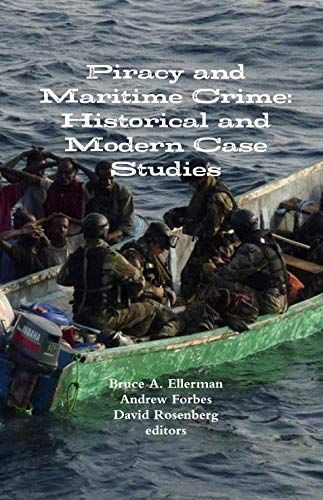
Piracy and Maritime Crime: Historical and Modern Case Studies
Piracy is a basic and fundamental concern for all navies. From almost the beginning of state-sponsored navies, piracy suppression has been one of their major responsibilities -- when Julius Caesar was captured by pirates in 76 BCE, the first thing he did after paying the pirates' ransom and being released was to fit "out a squadron of ships to take his revenge." Despite piracy's importance and the continued frequency of piratical attacks, however, relatively few scholarly works have been written analyzing cases of modern piracy and piracy suppression in terms of varying strategic, policy, and operational decisions. This edited collection of case studies attempts to fill this gap. There have been a number of important historical studies that have dealt with the subjects of piracy and piracy suppression. Books written from the point of view of those wishing to end piracy have tended to focus on legal issues, including the rights of victims, the procedures and decisions of Admiralty courts in punishing pirates, and the capture of piracy ships as prizes. Others have looked at the existence of piracy in terms of one particular place or time period, with the Barbary Coast and the Caribbean Sea claiming disproportionate shares of attention. Pirates are often romanticized; Forbes magazine has recently listed history's top-earning pirates, including Samuel "Black Sam" Bellamy at US$120 million (2008 dollars), Sir Francis Drake at US$115 million, and Thomas Tew at US$103 million. More famous pirates, like Edward Teach (Blackbeard), came in far down the list, at tenth place, with only US$12.5 million.